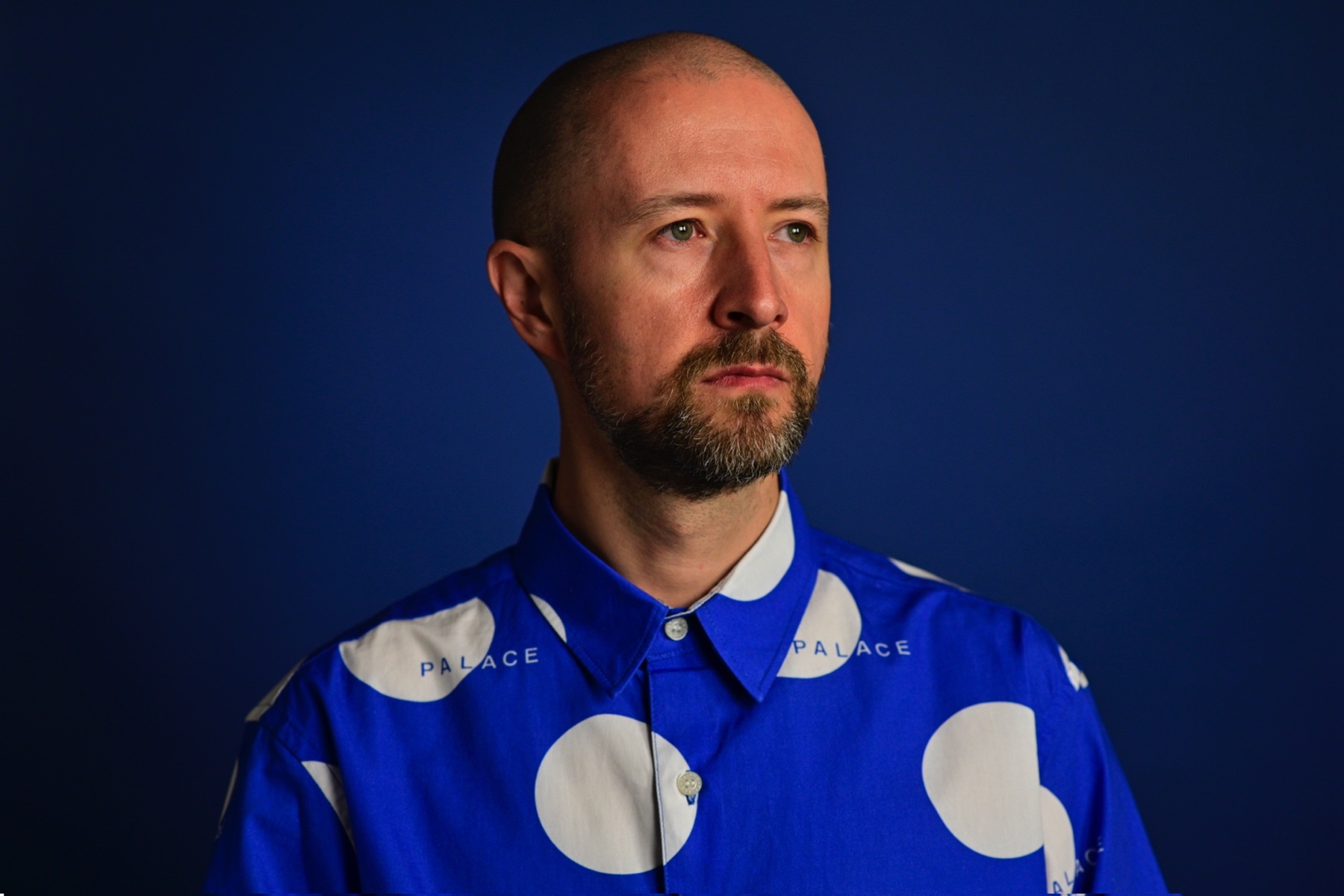World Media Group: what does 2022 hold for media and marketing?

World Media Group members predict the trends that will shape the year ahead.
2021 has been a transition year and while many of us hoped there would be time to reflect, we moved instead into a period of frantic activity.
As we enter 2022, will the enthusiasm that came out of the pandemic – to build back better, smarter and greener – hold true?
We asked members of the World Media Group to get out their crystal balls and share their predictions on the political, commercial and technological trends that will shape 2022 and beyond.
Using the ‘reset’ to encourage sustainable behaviour

The commitments that came out of COP26 will ensure that climate change and sustainability remain high on the agenda in the coming year as we strive to keep the 1.5 degrees Celsius goal alive.
According to the New York Times’s vice-president of global advertising, Tom Armstrong (pictured, right), it will continue to be an important area of coverage in 2022 and beyond, as both consumers and businesses turn to trusted journalism to help stay informed and make sense of the world around them.
While pledges are all well and good, Praveen Gopalan, sustainability manager for BBC Studios, believes there still needs to be more clarity around action to tackle climate change.

He welcomes more structure, for example, around terms such as ‘Net Zero’ so it’s clear to everyone what they mean. Gopalan (pictured, left) is also keen that people don’t automatically return to the pre-Covid ways of working, especially around travel: “It’s very important we use the ‘reset’ opportunity Covid has given us and continue some of the more environmentally friendly behaviours it resulted in,” he says.
Nurturing partnerships in the post-Covid workplace
For Johanna Mayer-Jones, senior vice-president of partnerships at The Atlantic, moving to a hybrid working model was a big change. As a sales leader, her team’s days revolved around being out and about, building relationships with clients and networking, so having to do business through a screen could have been a barrier.

In fact, it was quite the opposite. The Atlantic had to become very focused and intentional about where they were spending their time and who they were building relationships with. This made them consider their value proposition and how they could best serve their clients at that moment in time.
Just as editorial teams rose to the occasion producing informative public service journalism around the crises of 2020, the advertising team replicated that with partners.
“We introduced a new partnership engagement team, which was very much about delivering extraordinary service outside of an activation or a campaign to our partners, allowing them to become deeper members of The Atlantic,” Mayer-Jones (picture, above-right) says. Nonetheless, she feels that on-screen relationships are no replacement for in-person connections, but as staff have embraced a more balanced work life, it’s no longer realistic to be in the office 9am to 5pm, Monday to Friday.
The challenge, however, is learning how to evolve the business and expand their reach in a new environment. “I think what we’ve learned is that time is our most important commodity and how we use it needs to have real value, personally and professionally. And I don’t think people are going to be wasting their time in the ways that we perhaps have done in the past.”
Data privacy and what it means for brands
Consumers are showing an increased desire to understand businesses’ data collection policies, what their personal data will be used for and who it will be shared with, according to the New York Times’s Armstrong. “Our audience places trust in our data privacy policy, which is privacy-forward and transparent. In 2020, we started work to remove all third-party data to target advertising and completed this transition in 2021.”

As privacy concerns increase, we’ll see a shift as advertisers move towards a privacy-first web and a publisher owned and sold ecosystem. According to Elizabeth Brennan, head of advertiser strategy at the audience platform, Permutive, this is a golden opportunity for publishers and advertisers to work more closely together to own and control their data while planning and buying campaigns.
Brennan (pictured, left) sees the value exchange between publishers, advertisers and users being rebalanced, so that publishers become the guardians of targetable data across the open web. They can do this without using an individual’s ID but instead, pass a cohort ID or description of the user for advertisers to buy against. Rather than following individuals across the web, advertisers can target audience groups with common attributes and behaviours, without relying on third-party cookies or individual IDs.

Jim Piercy, group creative director, Wall Street Journal/Barrons Group, agrees first-party data and insights will play an increasingly important role in both how we shape branded content and in the media recommendations we make throughout the lifecycle of each custom programme.
The WSJ/BG have developed numerous ad tech solutions that help them to understand what, where and how their members are consuming content, along with contextual targeting capabilities and real-time optimisation tools.
“As many brands seek to reach and engage distinct audiences, the intelligence and insights your community chooses to share with you, as well as how you interpret these, will be increasingly important,” Piercy (pictured, above-right) says.
For the World Media Group, one of the recent bright spots has been seeing both brands and agencies refocusing on context and environment when it comes to media buying. Pre-pandemic, there was a focus on ‘never mind the quality, feel the width’; during the pandemic, the focus moved to short-term lead generation.
Now, as we move out of the pandemic advertisers are shifting their focus back to brand, asking questions such as ‘how do you fill the top of the funnel?’ and ‘what is the customer journey?’
Technology and its human cost
Moving from ad tech to consumer tech, we asked members about the technological developments they were most looking forward to.

Supantha Mukherjee, Reuters’ European technology and telecoms correspondent, is excited about the promise of what 5G may bring: “5G is expected to create new opportunities and give rise to new unicorns. No one really knows how it will shape up, but it is inevitable, just as 4G brought in video streaming and ride-hailing services. It will be interesting to see what new technologies leverage 5G and surprise us.”
Mukherjee (pictured, left) also worries about the human cost of technology, and how it may alienate and exclude those who don’t have access to the latest innovations: “As technology progresses, billions of people could be left out from reaping the benefits, widening the digital divide,” he says.
“Technology could increase dependency on gadgets and the digital world, concentrate wealth among the few, dilute privacy and potentially replace jobs. Conflicts may also arise as powerful companies start defying national regulations.”
Audio continuing to skyrocket
With the rising popularity in podcasts and increased screen fatigue, audio content consumption has continued to skyrocket throughout the pandemic and has no plans of stopping in 2022. For members of the World Media Group, audio has become a priority, and we launched our own podcast, The Media Navigators, last year.
Demand for the Wall Street Journal/Barrons Group’s editorial podcasts has increased, as have the requests for custom audio solutions among B2B marketers. Piercy believes it’s because podcasts are “an active format that allow brands to explore topics in ways written articles and pre-recorded videos do not. It centres the client in the thought leadership role.” Add in the access to top talent, relative ease of virtual production, cost efficiency as well as the fact they offer audiences the opportunity to connect away from the screen, it’s no surprise podcasts are growing in popularity.
“I think we’ll be seeing (and hearing) a lot more from custom podcasts in the next year as audio becomes an increasingly accessible option for brands to engage influential audiences during their daily news routine,” Piercy says.
The New York Times’s Armstrong agrees: “At a time when people are looking for a single, trusted source for their news across platforms, we are working to meet their needs in every form and audio is a key part of that mission. The Times acquired Audm and Serial Productions in 2020, and we’ve developed robust and wide-ranging audio programming – cultural criticism, newsmaker interviews, provocative debate – that reaches 20 million listeners each month.”
Trusted media essential in uncertain times
As businesses and companies begin forecasting and setting priorities for the year ahead, global leaders and decision makers continue to turn to trusted media for the latest insights on the global economy.
This was apparent throughout the pandemic when the World Media Group’s member brands surpassed 1.5 billion monthly users, demonstrating that readers and viewers trust and engage with quality respected journalism in a way that they don’t with any other medium.

Belinda Barker is chief executive of the World Media Group, a strategic alliance of international media organisations: The Atlantic, BBC Global News, Bloomberg Media Group, Business Insider, The Economist, The Financial Times, Forbes, Fortune, National Geographic, Politico Europe, Reuters, The New York Times Company, TIME, The Wall Street Journal, and The Washington Post, as well as associate member: The Smithsonian and partner: Permutive.



